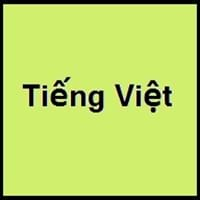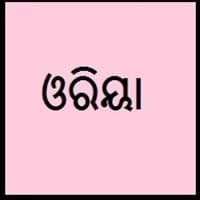Vietnamese vs Oriya
- The vocabulary of Vietnamese language is influenced by Chinese Language.
- The only language in East Asia that uses the Latin alphabet is Vietnamese.
- The earliest literature in Oriya was traced in 7th to 9th centuries.
- Since Odia is having a long literary history and has not borrowed largely from other languages, it is the 6th classical language in India.
Vietnamese and Oriya Language History
Comparison of Vietnamese vs Oriya language history gives us differences between origin of Vietnamese and Oriya language. History of Vietnamese language states that this language originated in c. 1440 whereas history of Oriya language states that this language originated in 3 BC. Family of the language also forms a part of history of that language. More on language families of these languages can be found out on Vietnamese and Oriya Language History.
Vietnamese and Oriya Greetings
People around the world use different languages to interact with each other. Even if we cannot communicate fluently in any language, it will always be beneficial to know about some of the common greetings or phrases from that language. This is where Vietnamese and Oriya greetings helps you to understand basic phrases in Vietnamese and Oriya language. Vietnamese word for "Hello" is Xin chào or Oriya word for "Thank You" is ଧନ୍ୟବାଦ୍ (dhanyabaad). Find more of such common Vietnamese Greetings and Oriya Greetings. These greetings will help you to be more confident when conversing with natives that speak these languages.
Vietnamese vs Oriya Difficulty
The Vietnamese vs Oriya difficulty level basically depends on the number of Vietnamese Alphabets and Oriya Alphabets. Also the number of vowels and consonants in the language plays an important role in deciding the difficulty level of that language. The important points to be considered when we compare Vietnamese and Oriya are the origin, speaking countries, language family, different greetings, speaking population of these languages. Want to know in Vietnamese and Oriya, which language is harder to learn? Time required to learn Vietnamese is 44 weeks while to learn Oriya time required is 44 weeks.





